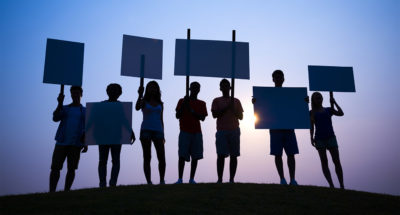Evidence That It Works
Research has shown that interventions to reduce prejudice among youth are often effective, especially when they focus on increasing empathy and perspective-taking. Learning about other teens’ personal stories can be a powerful way to do this. Cooperative learning, such as the jigsaw classroom strategy used in this activity, has itself been shown to be an effective way to improve relationships among diverse students.
Positive teacher-student relationships and a supportive school climate can serve as protective factors for students who are more likely to experience discrimination and bullying based on one or more stigmatized identities. For example, inclusive efforts such as the presence of a student Gay-Straight Alliance (GSA) club have been shown to reduce homophobic victimization in schools. Also, students are more likely to report victimization and/or intervene in bullying that they witness when they experience a positive, inclusive school climate, with specific policies in place against bullying and discrimination, and when teachers set an example by refraining from discriminatory behavior themselves and standing up to discrimination that does occur.
Why Does It Matter?
Experiences of discrimination and bullying are harmful to adolescents’ mental health and well-being. Despite research showing that identity-based bullying–harassment or negative treatment based on stigmatized aspects of one’s identity, such as race/ethnicity, religion, or sexual orientation–tends to be even more harmful than other kinds of bullying, most anti-bullying programs in schools do not specifically address identity-based bullying. For all students to feel safe and supported at school, and for students to feel empowered to report and/or intervene in situations of discrimination they encounter, it is critical for educators to set an example and promote positive, inclusive school environments.




Comments